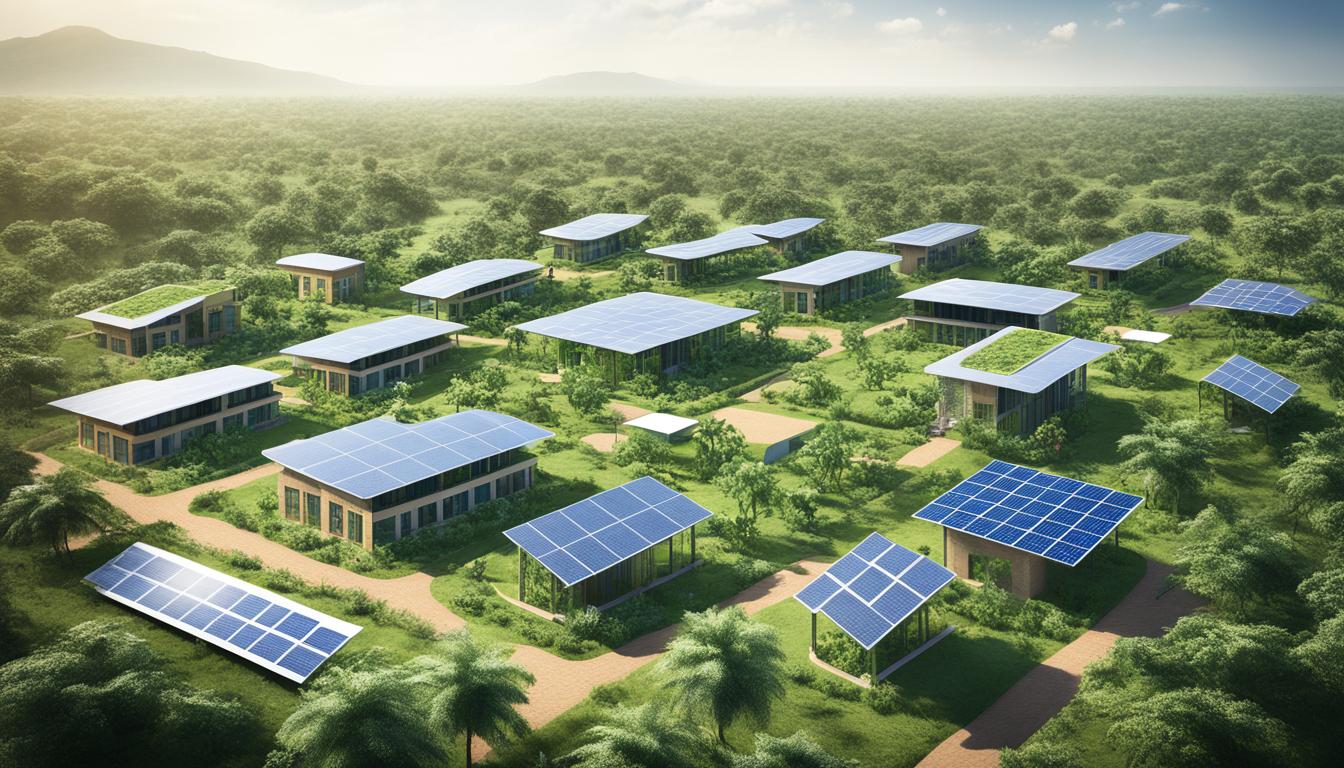
Sustainable engineering is revolutionizing industries, with a focus on reducing environmental impact while promoting efficiency and innovation. With global concerns about climate change and resource depletion, sustainable engineering has become a driving force behind the development of green construction methods and renewable energy technologies. In this article, we explore the latest innovations in green construction and renewable energy and their role in shaping a sustainable future.
The Importance of Sustainable Engineering
Sustainable engineering seeks to minimize the negative environmental impacts of industrial processes while maximizing the use of renewable resources. It involves designing and building systems, structures, and technologies that balance ecological responsibility with practical functionality. From renewable energy solutions to green construction practices, sustainable engineering is crucial for addressing the pressing environmental challenges of our time.
Green Construction: Building with Sustainability in Mind
Green construction focuses on creating buildings that are energy-efficient, environmentally friendly, and resource-conscious. Here are some of the key innovations in green construction:
- Energy-Efficient Building Materials
Advances in building materials are key to reducing energy consumption in construction. Insulation materials, energy-efficient windows, and sustainable building products (like recycled steel and eco-friendly concrete) significantly improve a building’s energy efficiency. - Net-Zero Energy Buildings
One of the most ambitious goals in sustainable construction is the creation of net-zero energy buildings. These buildings produce as much energy as they consume, typically through a combination of high-efficiency design and on-site renewable energy generation, such as solar panels or wind turbines. - Green Roofs and Urban Greening
Green roofs, which are covered with vegetation, help reduce the urban heat island effect and improve air quality. They also help buildings maintain energy efficiency by insulating against temperature extremes. Urban greening initiatives like green walls and community gardens contribute to sustainability by enhancing biodiversity and reducing pollution. - Smart Building Technology
The integration of smart technologies into buildings is changing the landscape of green construction. IoT-powered building systems optimize energy use, reduce waste, and improve occupant comfort. These systems can automatically adjust lighting, heating, and cooling based on occupancy and weather conditions, improving efficiency while reducing energy consumption.
Renewable Energy: Powering the Future with Clean Energy
Renewable energy is a cornerstone of sustainable engineering. By harnessing the power of nature, renewable energy sources like wind, solar, and hydroelectricity provide an alternative to fossil fuels, reducing greenhouse gas emissions and promoting energy security.
- Solar Energy Innovations
Solar energy has seen significant advances in both efficiency and cost-effectiveness. New photovoltaic (PV) technologies are emerging, including bifacial solar panels that capture sunlight on both sides, transparent solar panels for windows, and solar tiles integrated into roofing materials. These innovations are making solar energy more accessible and efficient than ever before. - Wind Power Advancements
Wind power has long been a leading source of renewable energy, but new technological innovations are enhancing its potential. Offshore wind farms, for example, can harness stronger, more consistent winds, while new turbine designs reduce costs and improve energy output. These advancements are positioning wind power as a key player in the transition to a low-carbon economy. - Energy Storage Solutions
One of the biggest challenges with renewable energy is the intermittent nature of sources like solar and wind. However, innovations in energy storage technology—such as advanced battery storage systems—are making it possible to store excess energy generated during peak production and release it when demand is high. This technology is crucial for integrating renewable energy into the grid more effectively. - Hydropower and Tidal Energy
Traditional hydropower is a well-established renewable energy source, but new technologies are emerging that harness the power of ocean tides and waves. Tidal energy offers a predictable and sustainable power source, especially for coastal communities.
The Future of Sustainable Engineering
Sustainable engineering is evolving rapidly, with green construction and renewable energy innovations continuing to push the boundaries of what’s possible. As more industries embrace sustainability, the demand for green technologies will only grow, accelerating the shift toward a low-carbon, sustainable economy.
Governments, businesses, and individuals are all playing a part in this transition, from adopting energy-efficient practices to investing in clean energy infrastructure. The future of sustainable engineering looks bright, with innovations that promise to reduce our environmental footprint while creating resilient, efficient, and livable spaces for future generations.



